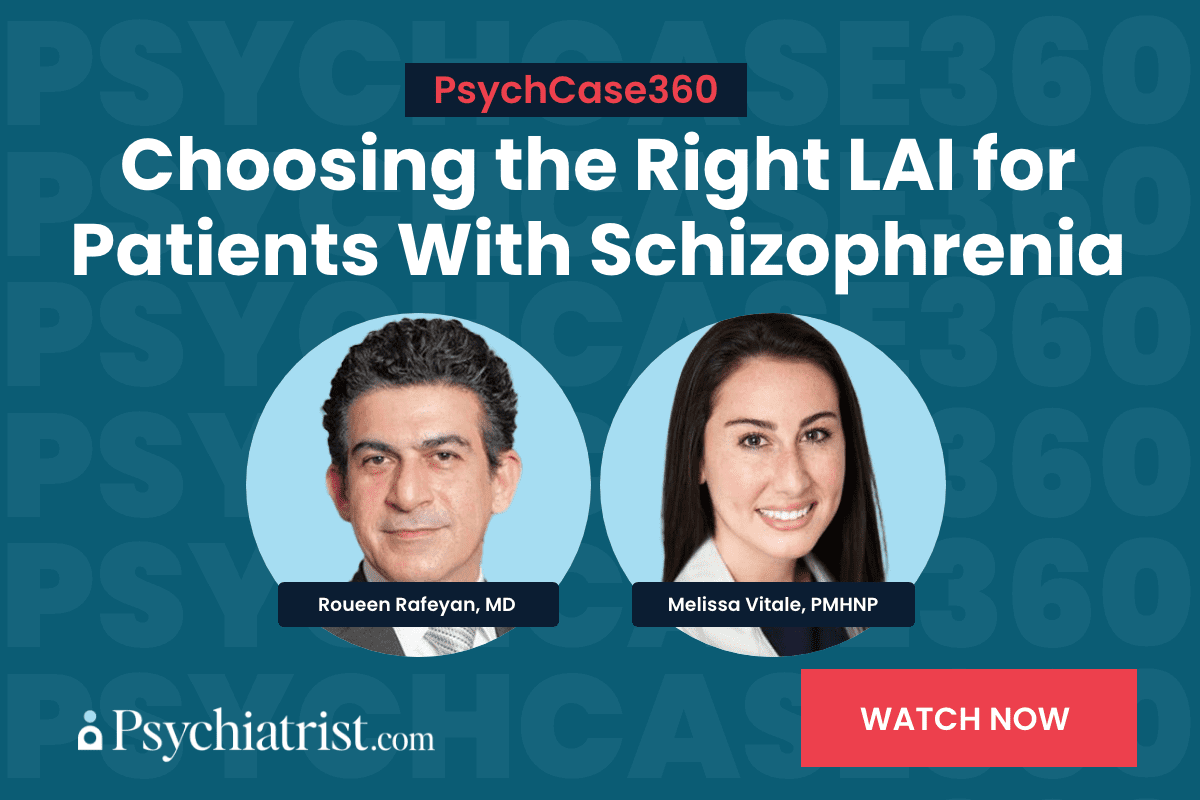Joseph T. Norris Jr., 75, looks just as sharp in his U.S. Air Force uniform today as he did 40 years ago. He’s a fighter, surviving testicular cancer and the chronic pain that followed.

At age 35, Norris underwent surgery and radiation for his testicular cancer. Soon after, the pain crept up in his hip. It spread slowly, but surely. Eventually, pain racked the lower half of his body constantly.
He met with a variety of doctors before he found adequate relief. He tried acupuncture, epidural injections, and even underwent back surgery.
“I don’t think you can name a thing I haven’t tried,” Norris admits.
Finally, an inpatient chronic pain management program helped Norris understand how different factors affected his pain. He also learned how therapies could work together to help him.
A Communal Pain Management Approach
Norris’s 37-year journey with chronic pain showcases how specialists, like anesthesiologists, psychiatrists, and psychologists, can work together to help patients heal faster and more effectively. Chronic pain, or pain that lingers for more than three months, affected 24% of American adults in 2023, according to the CDC. The cost associated with chronic pain in the United States is between $560 and $635 billion, according to an Institute of Medicine report.
Psychiatrists regularly care for people living in chronic pain. They’re three times as likely to have generalized anxiety disorder, and more than twice as likely to have a panic disorder compared to those without chronic pain.
Chronic pain is a “multifactorial experience” that requires an interdisciplinary approach, according to Ravi Prasad, PhD. He’s a pain psychologist and the Director of Behavioral Health at University of California, Davis.
“The pharmacologic aspects of psychiatry, the behavioral aspects of psychology, and then the interventional pieces of anesthesia all help a patient move forward,” he says.
In his pain clinic, anesthesiologists work with physical medicine and rehabilitation doctors and psychologists to develop comprehensive patient plans. Before patients receive an intervention, like a spinal cord stimulator, they see a pain psychologist like Prasad.
“I’ll look for different factors that we know that can influence a patient’s outcomes,” says Prasad, like untreated depression or anxiety. “There are often times a vicious cycle that ensues where the mood issues, the physical pain exacerbate each other. You really have to be addressing both of those things concurrently.”
He refers patients to psychiatrists often, and hopes to build more connections within the psychiatry community. His goal: to spread awareness of the resources and interventions available to patients at his clinic.
“Co-management really is essential to try to help patients get to a better place” he says.
Chronic pain and psychiatric conditions can share biological pathways, and there is overlap between medications used for both conditions.
Rakhi Dayal, MD, is a clinical professor of anesthesiology at University of California, Irvine. To treat pain, she would use a medication like duloxetine at a much lower dose than a psychiatrist would for depression.
However, Dayal says, “If a psychiatrist is thinking of a higher dose or a medication which may interact with my regimen, I would let them make the first choice. It gives me a sign that there’s something that needs to be treated.”
She encourages psychiatrists to refer certain high-risk groups to specialized pain clinics.
Patients with refractory pain due to conditions, such as fibromyalgia, chronic migraine, multiple spine surgeries, and complex regional pain syndrome (CRPS),” can be at risk of polypharmacy, and might benefit from an intervention, Dayal says.
“It’s important that we are not missing out [on] providing them resources that could be less risky and more beneficial,” she says.
Ketamine Offers Opportunity for Collaboration
Dayal sees a newer opportunity for psychiatrists and anesthesiologists to collaborate: ketamine. As the drug becomes widely available – and popular – Dayal worries about inconsistent dosing and other potential safety issues. The anesthesia and psychiatry professional organizations should collaborate to create guidelines for outpatient use, she says.
“The only way to bridge the gap is to collaborate.”
In addition to multidisciplinary care and medication coordination, Norris believes that inspiring patients to self-advocacy is critically important.
He says, “believing in myself and demanding to be heard and moving toward participatory medicine has gotten me to where I am.”
Participatory medicine means that patients should take some responsibility for the medical care too, Norris says.
“You find out about your disease, you find the right doctor, you do what you can. You report to the doctor the details of what you’re going through,” he advises.
Norris says that he learned early on that not every doctor was going to be the right fit for him, and it was important that he found a doctor that made him feel heard.
Norris now facilitates group meetings for the American Chronic Pain Association. Here, he helps others learn how to talk to their doctors, and advocate for themselves. He’s met with thousands of people with chronic pain. And he sees a pattern.
“You have to accept that this is what you got and figure out how to deal with it. Adapt is the word,” he says.
When asked what he wants doctors to remember, Norris says “don’t give up on us.” People always have value, he insists.
Further Reading
Research Offers Hope Amid Ongoing Opioid Crisis
